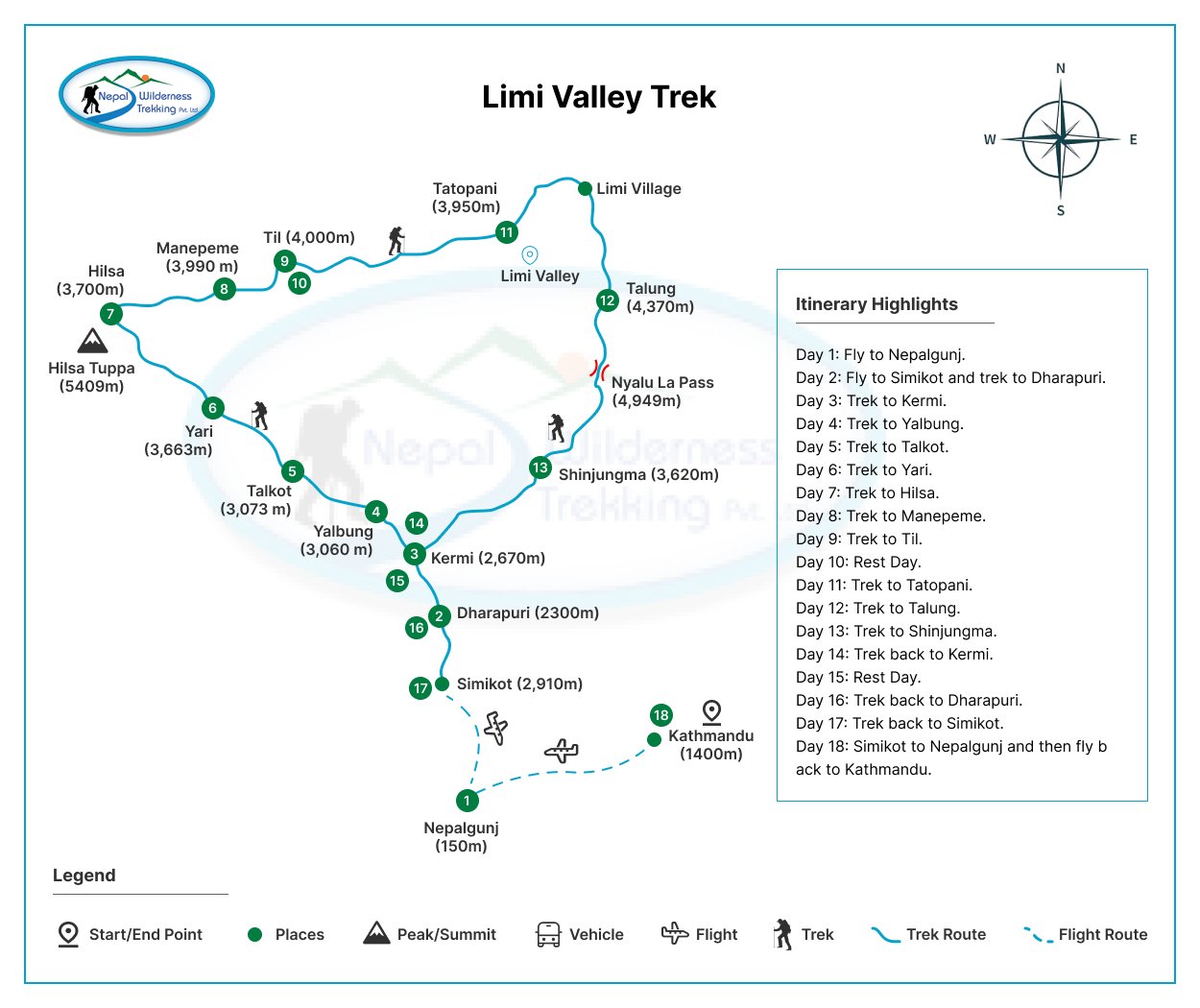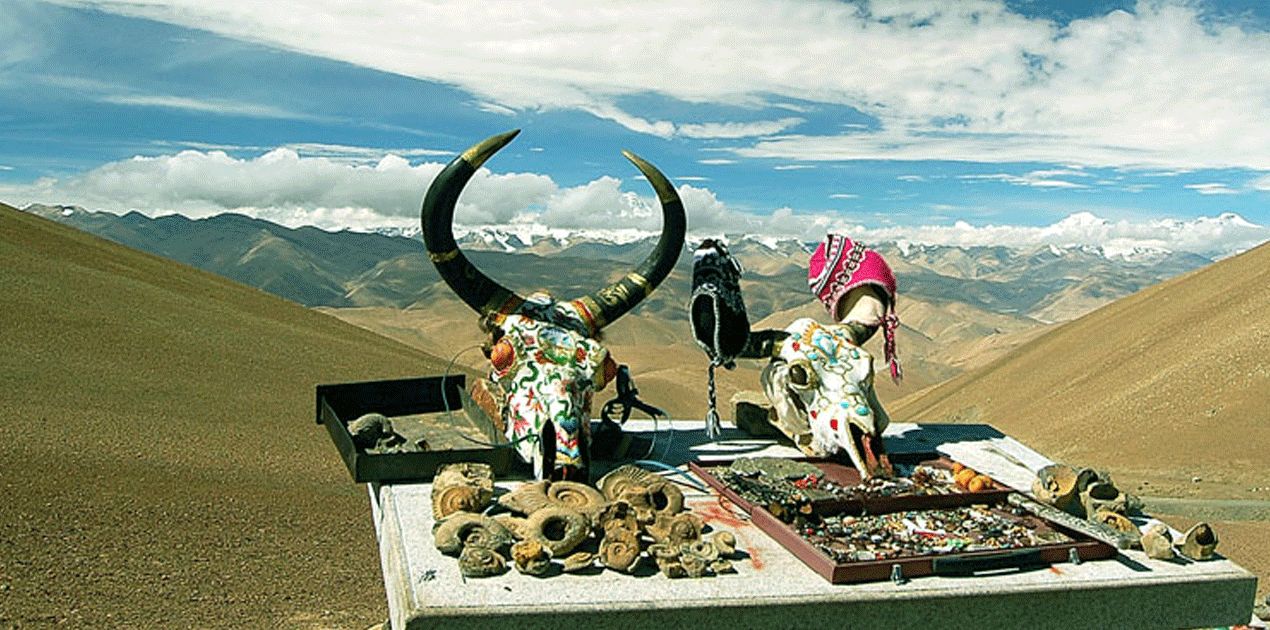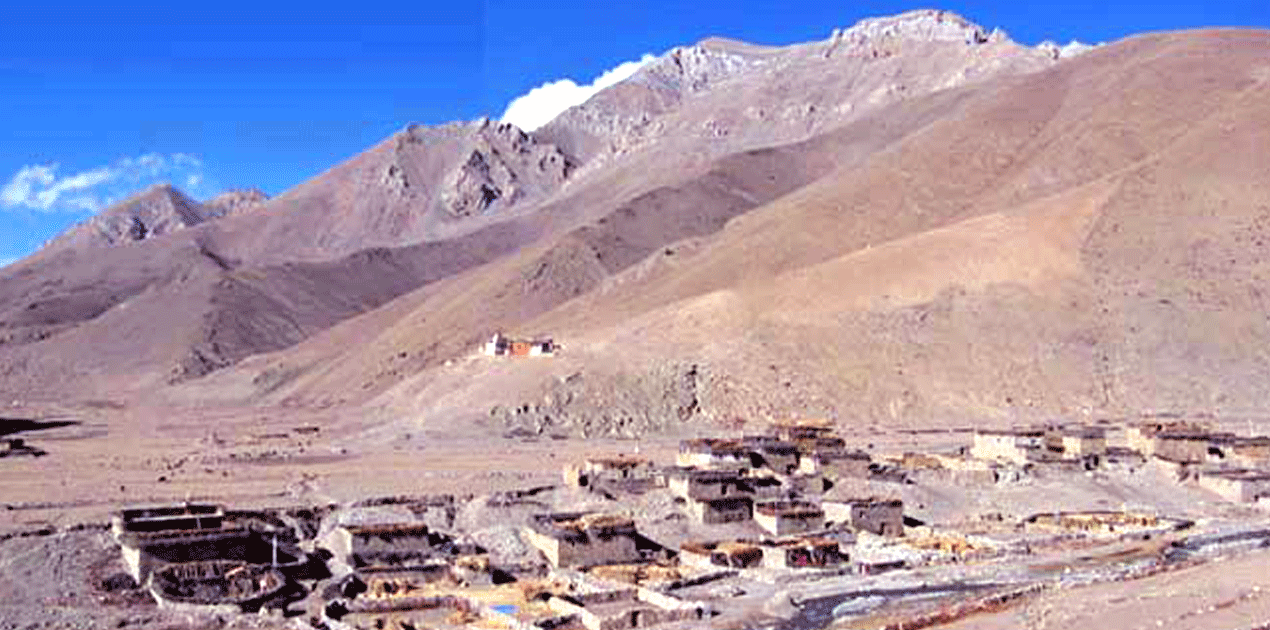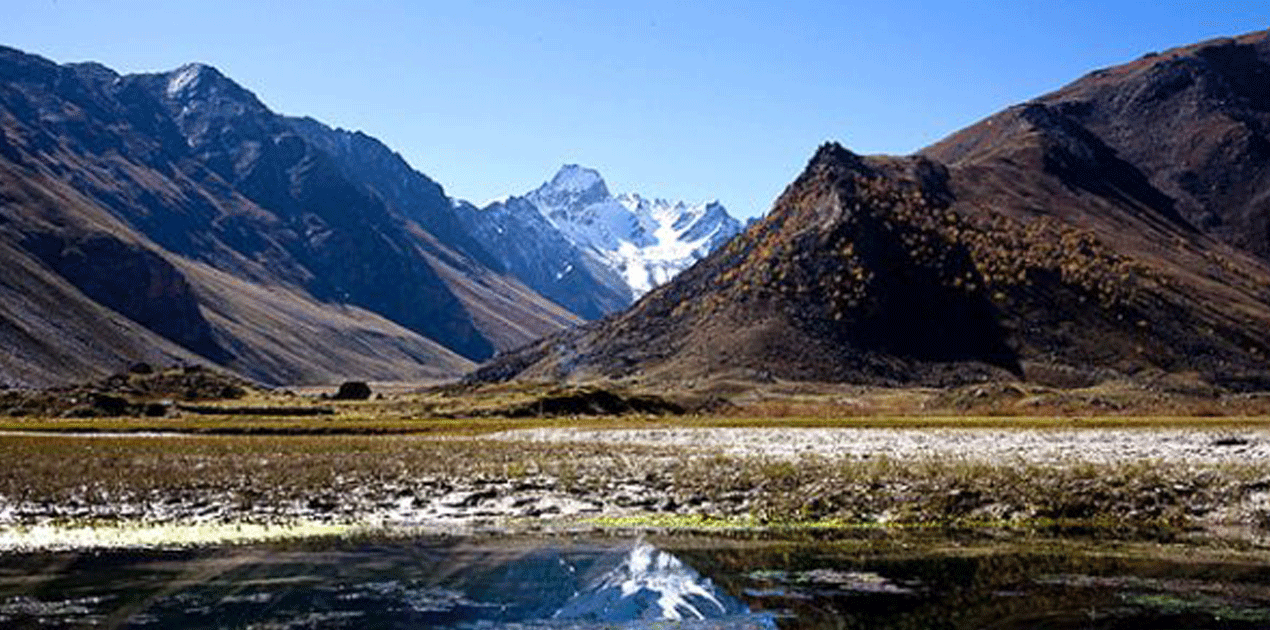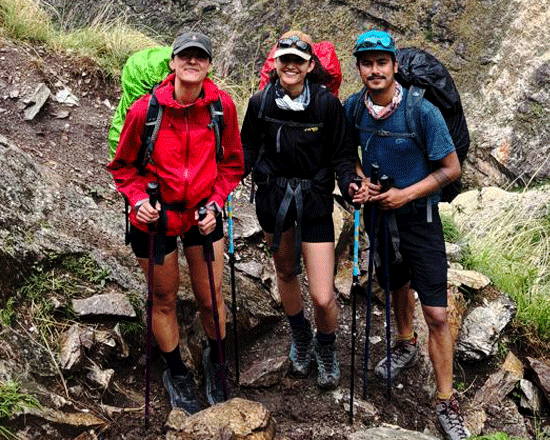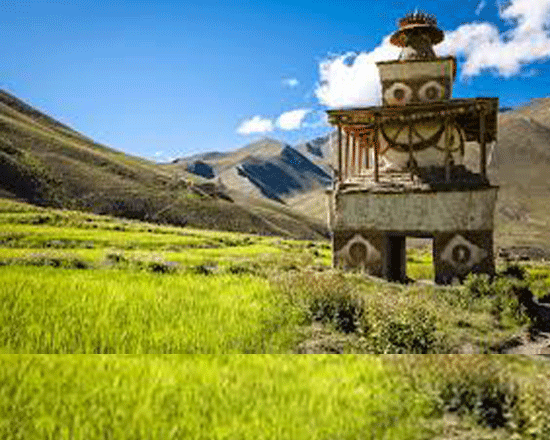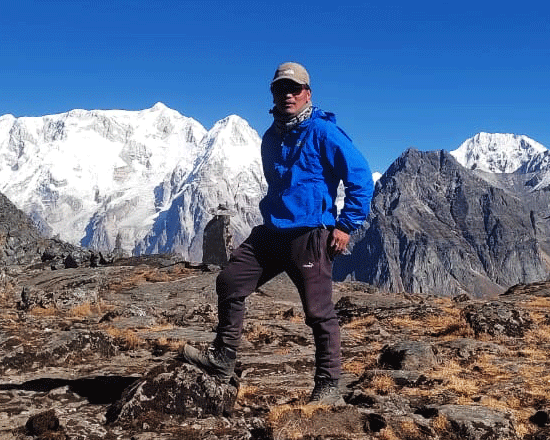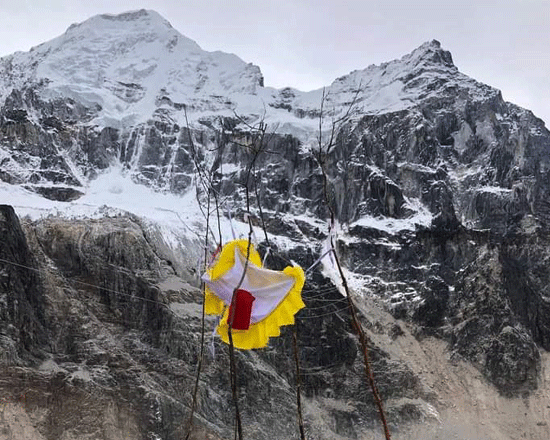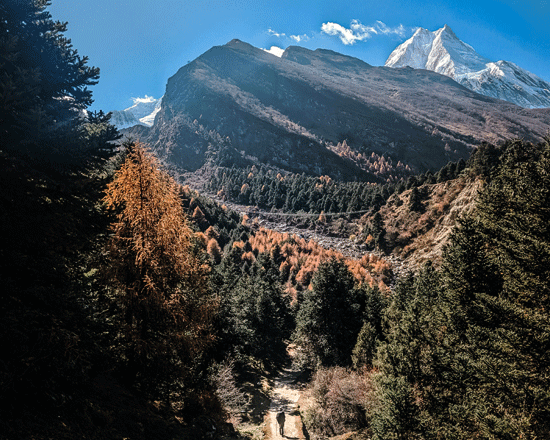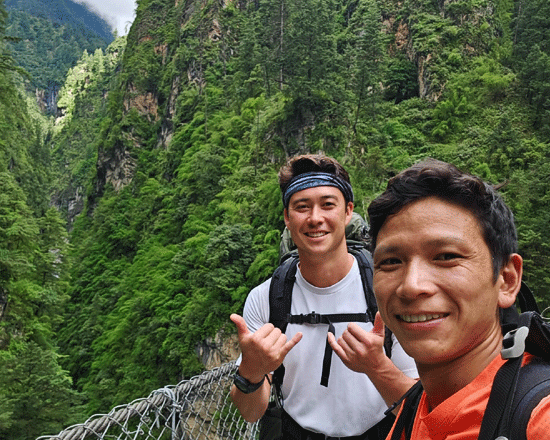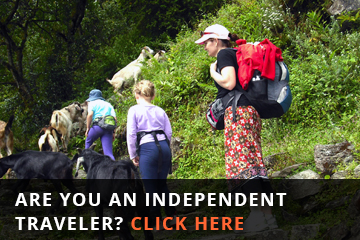Limi Valley Trek
Limi Valley Trek
Wilderness TrekkingTrip Facts
Since the terrain can be hard and the days long, hikers on these treks should be in good physical condition and have some previous mountain walking experience. Steep climbing may be involved, although it is never necessary to use ropes. Treks at this level can he arranged for periods of 16 to 21 days. Typically, a gradual ascent through a green river valley will lead you up to a number of high passes, where you will reach the altitude of 5416m. Often times, you will get a close insight into the Tibetan culture. Participants should expect to trek above 5416m/17872ft.
100%
Overview
Journey to the Mystical Humla Limi Valley Trek
Prepare to venture off the tourist trail and into the heart of Nepal’s hidden gem, the Limi Valley Trek. Nestled in the remote northwestern region, a stone’s throw from Tibet, this trek offers an unrivaled odyssey through breathtaking landscapes, timeless cultures, and ancient Buddhist traditions.
Overview of the Limi Valley Trek
Limi Valley Trek Spanning 18-20 days, your expedition commences in the quaint village of Simikot (elevation approximately 2,910 meters), tracing the path of the Karnali River upstream into the Limi Valley. This remote and challenging journey promises to be as rewarding as it is demanding, offering opportunities to explore alpine woodlands, encounter secluded hamlets, and conquer lofty mountain passes. Each leg of the journey unveils awe-inspiring panoramas of the majestic Himalayan peaks, making it a must-do for seasoned trekkers seeking an authentic Himalayan experience.
Cultural and Natural Highlights
Raling Gompa: Ancient Monastery in the Limi Valley
One of the trek’s highlights includes a visit to Raling Gompa, (elevation approximately 3,880 meters) one of the region’s oldest monasteries. Nestled amidst rugged mountains, this spiritual sanctuary provides insight into the rich Buddhist traditions that have shaped the region’s cultural landscape for centuries.
Traditional Villages: Halji and Til
The Limi Valley Trek also offers an opportunity to explore traditional villages like Halji (elevation of approximately 3,150 meters) and Til (elevation of approximately 3,050 meters), where time seems to stand still. These villages are not only picturesque but also serve as vibrant hubs of local culture and hospitality. Visitors can witness traditional practices, interact with locals, and gain a deeper understanding of life in the remote Himalayas.
Mount Kailash and Lake Manasarovar
Limi Valley is not just about scenic beauty and cultural richness; it is also home to Mount Kailash (elevation 6,638 meters), a sacred peak revered by both Hindus and Buddhists. From this fabled valley, trekkers can embark on a side pilgrimage to the nearby sacred Lake Manasarovar 4,590 meters. This journey adds a spiritual dimension to the trek, offering a glimpse into the profound religious beliefs that permeate the Himalayan region.
Best Time to Trek
Optimal trekking conditions prevail from April to October when clear skies and dry terrain prevail. This period offers the best chance to enjoy uninterrupted views of the Himalayan peaks and navigate the challenging terrain of the Limi Valley. However, due to its remote location and demanding nature, this expedition is recommended for seasoned trekkers who are physically prepared for long days and high-altitude conditions. It is essential to obtain the necessary permits from the Nepalese government well in advance to ensure a smooth and compliant journey.
For more trekking options in Nepal, consider exploring these links:
- 10 Best Short Treks in Nepal
- Rolwaling Valley Trek
- Langtang Valley Trek
- Makalu Base Camp Trek
- Great Himalaya Trail
- Ruby valley Trek
Environmental and Cultural Preservation
Limi Valley Trek is not just an adventure; it is a responsible journey that respects and preserves the region’s delicate ecosystem and cultural heritage. The low tourist influx ensures minimal impact on the environment, allowing trekkers to witness pristine landscapes and encounter rare flora and fauna species unique to the Himalayan region. This commitment to sustainable tourism ensures that future generations can also enjoy the natural and cultural treasures of the Limi Valley.
Wildlife and Natural Wonders
The remoteness of the Humla Limi Valley Trek enhances the chances of encountering elusive wildlife species such as blue sheep and the snow leopard. Wildlife enthusiasts and nature lovers will find the trek particularly rewarding, as it offers opportunities to observe these rare and majestic creatures in their natural habitat. Additionally, the trek showcases diverse ecosystems, from high-altitude desert landscapes to lush alpine meadows dotted with wildflowers like Edelweiss and Himalayan Blue Poppies.
Historical Significance and Local Traditions
The Limi Valley Trek is steeped in history and local traditions that date back centuries. Ancient monasteries, such as the 1000-year-old Locha Jen Samu in Hilsa village, serve as reminders of the region’s spiritual and cultural heritage. These sacred sites not only attract pilgrims but also offer insights into the unique blend of Buddhism and Bon religion practiced in the Limi Valley.
Community Engagement and Cultural Exchange
The trek also provides opportunities for cultural exchange through homestays and interactions with local communities. Trekkers can immerse themselves in the daily lives of the Limi people, experiencing their hospitality, traditional cuisine, and folk music. These authentic experiences foster mutual understanding and appreciation, enriching the overall trekking experience and leaving a positive impact on both visitors and hosts alike.
A Journey Worth Undertaking
In conclusion, the Limi Valley Trek offers a once-in-a-lifetime opportunity to explore Nepal’s uncharted terrains and immerse oneself in its rich cultural tapestry. It is a journey of discovery, where every step reveals new landscapes, traditions, and insights into the mystical realm of the Himalayas. Whether you seek adventure, spiritual enlightenment, or simply a break from the ordinary, the Limi Valley Trek promises an unforgettable odyssey through one of the world’s most remote and captivating regions.
Embark on the 18-day Limi Valley Trek itinerary led by seasoned guides from Nepal Wilderness Trekking, who possess intimate knowledge of the trails, villages, and local culture. From the bustling markets of Simikot to the tranquil monasteries of Halji and the rugged mountain passes of the Limi Valley, every moment of this expedition invites you to discover the hidden treasures of Nepal’s western Himalayas.
Detail Itinerary
- Day 01: Fly to Nepalgunj on the border with India. Stay overnight in Nepalgunj
- Day 02: Fly from Nepalgunj to Simikot (2,910m). The trek to Dharapuri (2300m) takes approximately five hours
- Day 03: From Dharapuri to Kermi (2,870 meters), it takes about 6 hours to reach there
- Day 04: The journey from Kermi to Yalbung (3,060 m) takes approximately six hours
- Day 05: From Yalbung to Talkot (3,073 m), the journey takes about 5 hours
- Day 06: The journey from Talkot to Yari (3,663m) takes approximately seven hours.
- Day 07: The journey from Yari to Hilsa (3,700m) takes approximately six hours via the Nara La Pass (4,620m)
- Day 08: From Hilsa to Manepeme (3,990 m), it will take you approximately five hours
- Day 09: The journey from Manepeme to Til (4,000 meters) takes approximately six hours
- Day 10: Day of rest by the Limi River in Til
- Day 11: From Til-Halji to Tatopani (3,950m), approx. 8 hours
- Day 12: The distance from Tatopani to Talung (4,370m) is approximately 8 hours.
- Day 13: A journey from Talung via Nyalu La Pass (4,949m) to Shinjungma (3,620m), a journey which takes approximately eight hours
- Day 14: From Shinjungma to Kermi (2,670m), the journey takes approximately 7 hours
- Day 15: Day of rest in Kermi
- Day 16: From Kermi to Dharapuri (2,300 m), it takes approximately 6 hours to get there
- Day 17: Distance between Dharapuri and Simikot (2,950 m), approx 6 hours
- Day 18: Simikot to Nepalgunj and then to Kathmandu connected flight
Cost Included
- Pickup and drop-off at the airport.
- Accommodation and dinner at a hotel in Nepalgunj for one night.
- Domestic airfare: Kathmandu to Kathmandu.
- There are all the government procedures to follow.
- Trekking permits and National Park fee.
- Experiencing English-speaking guides, cooks, helpers, porters, and mules.
- Camping equipment - mattresses, tents for members, kitchen utensils, etc.
- During a trek, three meals are served along with tea/coffee and snacks.
- Salary, food, insurance, and clothing for staff.
Cost Excluded
- International flights and visa fees.
- Hotel and meals in Kathmandu
- Personal expenses
- Travel insurance, Rescue, and evacuation.
- Tips and gratitude to the staff.
- Donation and local entrance fee.
- Extra baggage load on domestic flights.
Trip Map
